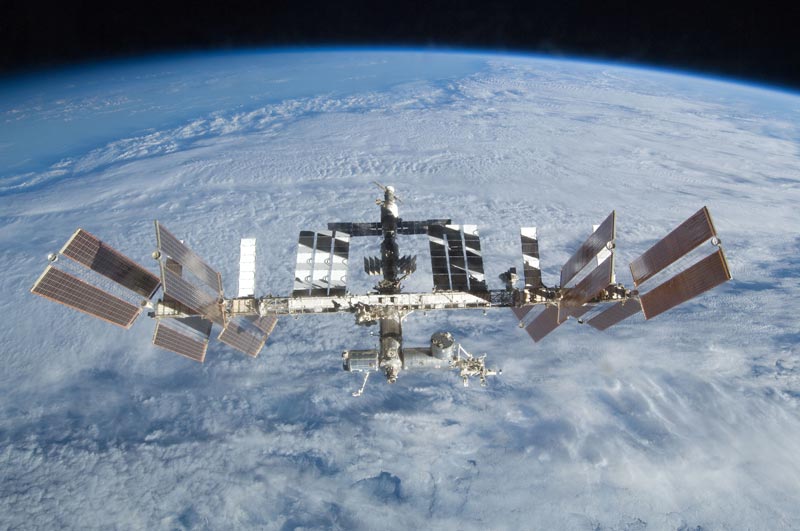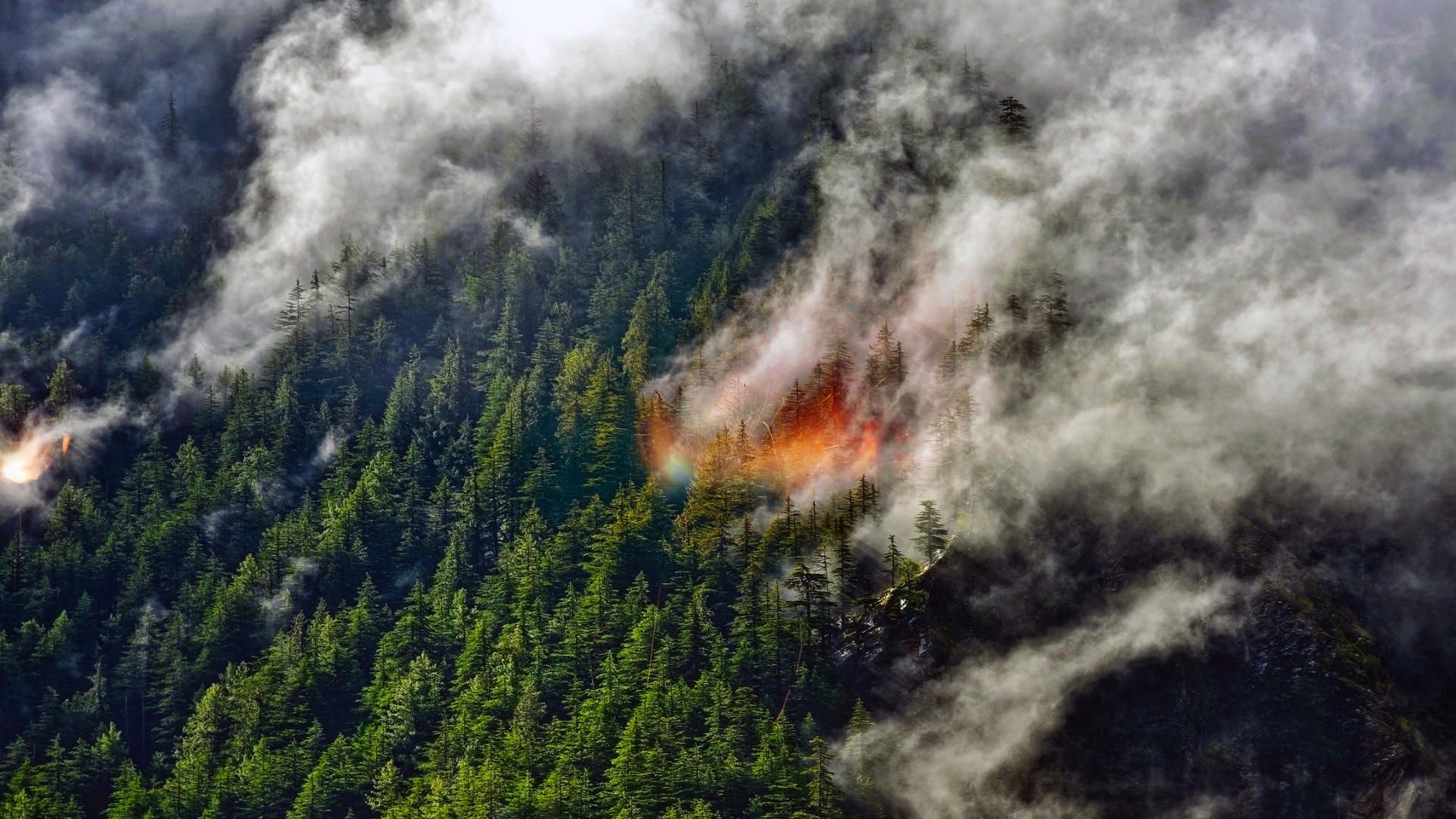Holiday Sky Treat: Spot the Space Station

The space shuttle Atlantis and theInternational Space Station are separately flying around the Earth untilFriday, and they can be seen as a pair of bright lights in the sky at certaintimes over the next few days.
Weather permitting, the orbiting objectsshould be visible to the naked eye throughout the United States and Canada,according to SpaceWeather.com. It's a special opportunity to see the twolargest man-made objects in the sky at once.
Atlantis undockedfrom the space station early Wednesday, ending a week-long stay to supplythe outpost with spare parts. The shuttle is scheduled to land at Kennedy SpaceCenter in Cape Canaveral, Fla. on Friday morning at 9:44 a.m. EST (1444 GMT).
Several sites can tell you when the two spacecraft arevisible from your location between now and landing day:
Seeing a satellite from Earth isn't that rare: The myriadcommunications satellites flying around Earth regularly appear at night asstars that look to be transiting across the heavens. But the shuttle andstation are both larger than any other vehicle in orbit, and should appear muchbrighter than the average satellite.
On a good night, the station approaches magnitude -5 inbrightness, which rivals the planet Venus and is more than 25times brighter than Sirius, the brightest star in the night sky.
- How to Spot Satellites
- Gallery: Shuttle's Midnight Launch
- Complete Shuttle Coverage
Breaking space news, the latest updates on rocket launches, skywatching events and more!

Clara Moskowitz is a science and space writer who joined the Space.com team in 2008 and served as Assistant Managing Editor from 2011 to 2013. Clara has a bachelor's degree in astronomy and physics from Wesleyan University, and a graduate certificate in science writing from the University of California, Santa Cruz. She covers everything from astronomy to human spaceflight and once aced a NASTAR suborbital spaceflight training program for space missions. Clara is currently Associate Editor of Scientific American. To see her latest project is, follow Clara on Twitter.
